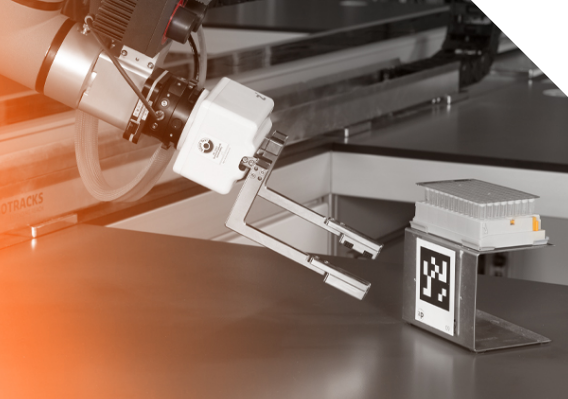Typical Laboratory Hazards and Risks (+ How to Maintain Safety)

Share this article
Typical Laboratory Hazards and Risks (+ How to Maintain Safety)
Common Laboratory Hazards
These microorganisms are usually yeast, fungi or bacteria. Generally speaking, we can split the types of laboratory hazards into the following categories:
- Chemical hazards
- Biological hazards
- Physical hazards
- Fire hazards
- Ergonomic hazards
Chemical Hazards
Chemical hazards are arguably one of the most common hazards in a busy lab, especially in clinical, pharmaceutical, research, and manufacturing labs. These can include toxic or reactive substances, or chemicals that are corrosive or flammable. These types of substances can cause severe injuries or illnesses for lab workers if not properly handled.
For managing the risks of chemical hazards, the following safety measures are key:
- Clear and correct labelling
- Proper storage
- Careful handling
- Ventilation in the laboratory
- Appropriate personal protective equipment (PPE) such as gloves and lab coats
Biological Hazards
Some labs may even work with biological agents that are hazardous to human health. For example infectious materials such as bacteria, virus, and fungi can all have severe risks to lab workers if the correct protocols are not adhered to.
Biological hazards can be managed by implementing the following procedures:
- Proper sterilisation of equipment
- Good hygiene practice
- Appropriate personal protective equipment (PPE). Gloves and face masks are vital.
Physical Hazards
Physical hazards are one of the often forgotten risks of working within a laboratory. These can be anything from a slippery floor after it has been cleaned, a sharp piece of equipment, an object that is heavy and difficult to lift, or common electrical hazards.
For example, injuries can be sustained by accidents carrying or moving objects/machinery, working with sharps, or electrical issues.
A clean and well organised workspace can help to manage most of these concerns. Our tips for ensuring as little risk as possible are:
- Wet floor signs
- Proper electrical testing and maintenance
- Training and correct handling when using and lifting machinery
- Wearing appropriate footwear in the lab
- Regular safety inspections of the laboratory space
Fire Hazards
- Flammable chemicals
- Electrical equipment
- Open flames
Ergonomic Hazards
Laboratory work can often be repetitive and time intensive, so workers in a lab can often need to stand for prolonged periods of time and conduct repetitive motions. These conditions, as well as poor posture at work, can cause issues such as musculoskeletal disorders.
We would recommend:
- Ergonomic equipment
- Regular breaks
- Vary tasks to reduce the risk of repetitive strain
Maintaining Laboratory Safety
There are many aspects of laboratory safety that should be considered to ensure the safety of workers, the validity of research, and the safety of product development in laboratory settings. To summarise, we would recommend considering the following key areas in your lab to keep workers and consumers safe:
- Comprehensive personal safety training
- Prepare for emergencies with response plans and first aid
- Regular risk assessment of hazards and implement control procedures
- Supply lab workers with personal protective equipment (PPE)
- Maintain a clean and organised lab
- Communicate about safety and report any incidents or near misses
By following these guidelines, and prioritising safety best practice, you can reduce the risk of accidents in the lab environment. For information on how to automate lab processes to reduce the repetitiveness of lab tasks, contact Astech.


